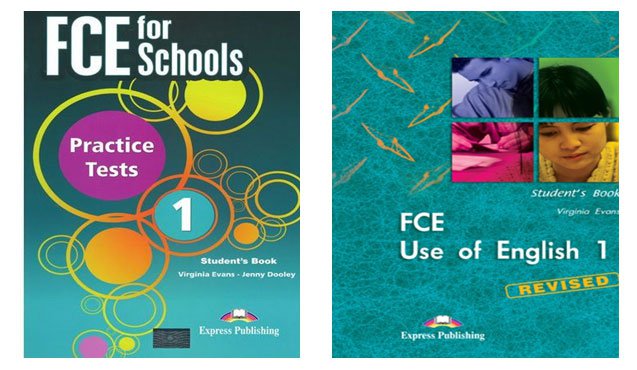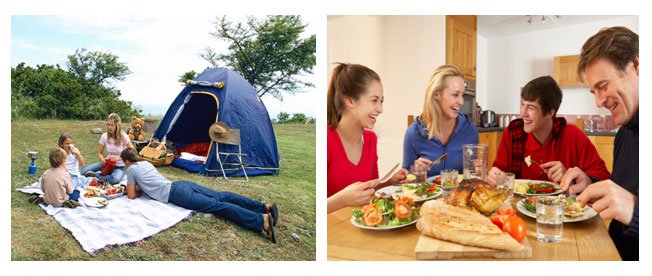Чем отличается от стандартного FCE? Первый кембриджский экзамен для школ не отличается по структуре от экзамена для взрослых - присутствуют все модули, сложность заданий соответствует уровню B2 (Upper-Intermediate), идентична система выставления оценок. Однако тематика материалов адаптирована к возрастному кругозору школьников.
Для кого этот экзамен? FCE for schools является последним и самым сложным тестированием в серии кембриджских экзаменов для школьников. Этому экзамену предшествуют более простые и более «детские» KET и PET. Хотя этот экзамен и рекомендуется сдавать в возрасте 16-18 лет, в России многие школьники сдают его в 14-15 лет.
Учебные материалы. Познакомьтесь с наиболее популярными учебниками FCE for Schools.


Примеры письменных заданий
1. Some parents teach their children at home rather than sending them to school. Is this a good or a bad thing for the children?
Answer the question. Write your answer in 140-190 words. Write about having a teacher as a parent, making friends and use your own idea.
2. You have received an email from your English-speaking friend. Write your email (140-190 words).
I play the guitar in a band with three my friends. We play for fun after school. Now my friends would like our band to play in a music competition on TV. But I am not sure if I want to. Do you think it’s a good idea? If I say know, I will upset my friends. What should I do? Alex
3.You have seen this announcement in an international magazine for teenagers. Write your story.
|
Write a story for our magazine. Your story must begin with this sentence. Jerry read the email and decided to go to the shopping centre immediately. Your story must include – a request, a present. |
Примеры устных заданий
Part 2- Speak about 1 min without interruption
1. Contrast and compare these two pictures. Why might be difficult for the people about winning in these situations?

2. Contrast and compare these two pictures. What are the people enjoying about spending time in these situations?

3. Contrast and compare these two pictures. What might be good for students about learning in these situations?

